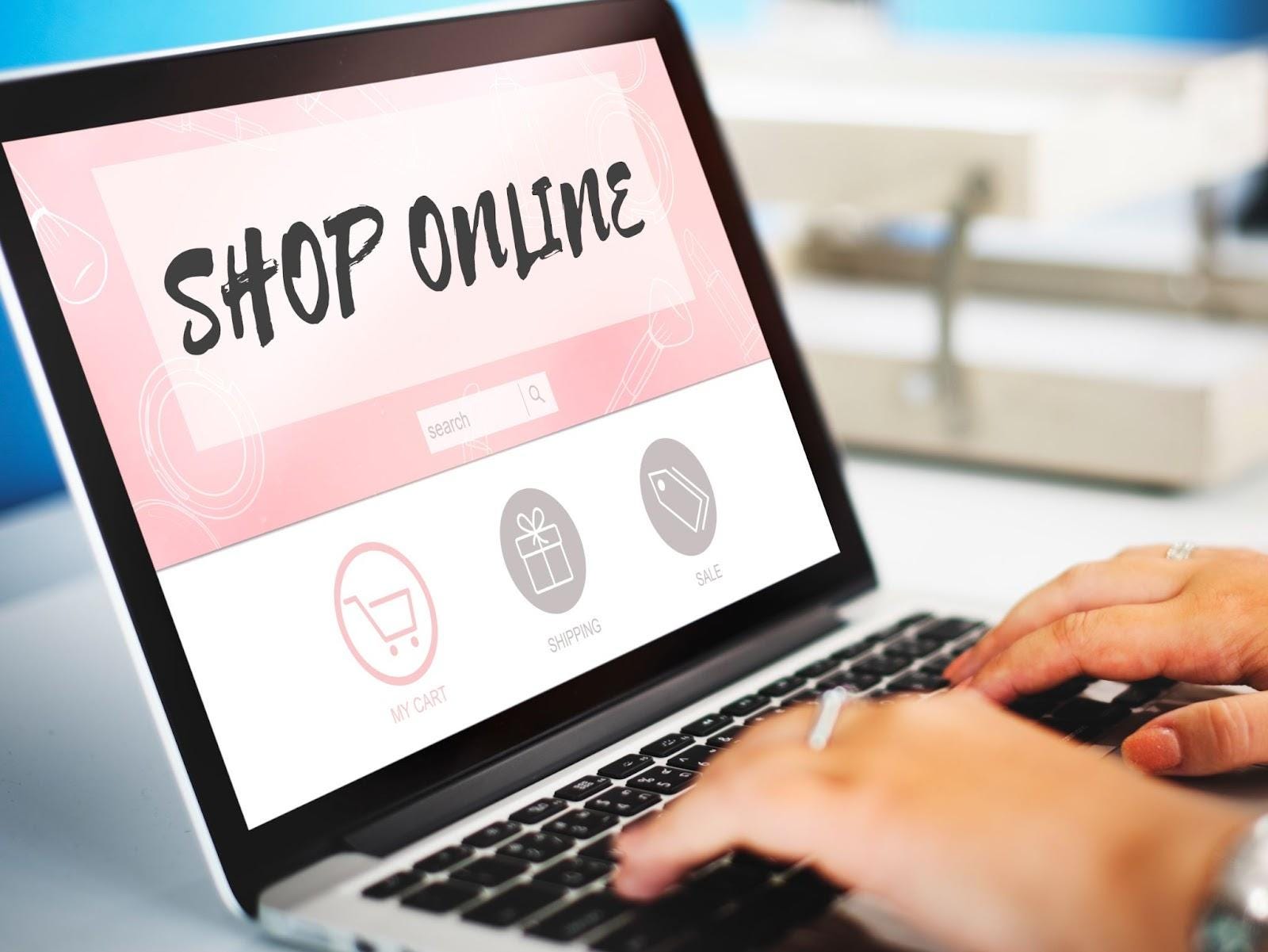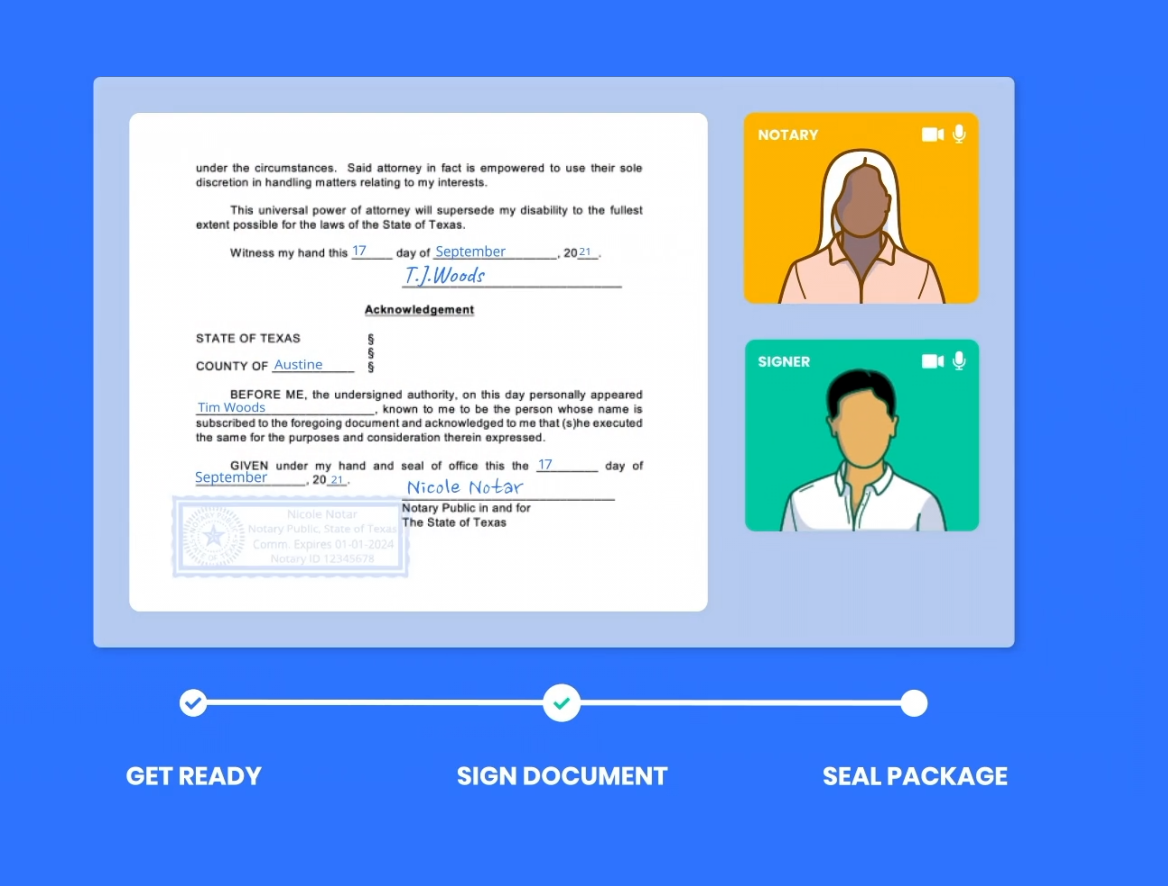Online stores have gained huge traction in the last year as shoppers spent $5.8 trillion for it, which keeps climbing. By 2027, nearly 1 in 4 purchases will happen online. So, the platform you pick matters more than you'd think.
Building your store comes down to two choices.
- Hire a developer to build it from scratch (expensive but totally customized). Or
- Use an existing platform like Shopify or Etsy (faster to set up and easier on your wallet).
Your platform choice is the foundation of your online business. It'll determine how you stock products, process payments, and create the shopping experience for your customers. This guide cuts through the noise to help you pick a platform that works for your needs.
Why Choosing the Right Platform Matters
Your e-commerce platform powers your entire online business. Every day, it handles product display, order processing, inventory management, and keeping track of customer data.
Take a single sale, for example - customers find your product, add it to their cart, enter their info, pay, and get a confirmation. But behind the scenes, your platform updates inventory, processes the payment, sends notifications, and preps orders for shipping.
Now multiply that by hundreds of sales.
The right e-commerce platform makes all this feel effortless. A bad one? You'll waste hours fixing problems, lose sales to technical issues, and struggle to grow your business. That's why picking the right platform from the start saves you massive headaches down the road.
Your platform needs to match how you work. If you're selling handmade items, you need features that are different from those of someone dropshipping clothes. The size of your business, your budget, and how your customers shop all affect which platform will work best for you.
Key Factors to Consider When Choosing an E-commerce Platform
To choose the best platform for your business, you must first know what to look for. Here are eight factors you shouldn't miss.
Ease of Use
Your e-commerce platform is something you'll work with daily. A clunky, confusing system will slow you down and frustrate you, no matter how many fancy features it has.
Focus on platforms that match your tech comfort level. If you're not coding-savvy, look for simple, visual tools - like drag-and-drop builders and clear dashboards.
Test the platform's basics: How many clicks does it take to add a product? Can you easily update the inventory? Is bulk uploading available? These small details matter when you're using them hundreds of times.
Most platforms offer free trials. Use them. Nothing beats hands-on experience to know if a platform feels right for your needs.
Cost and Pricing Models
E-commerce platforms have layers of costs. You're paying for hosting, security, payment processing, and checkout systems all bundled together. Understand what each pricing tier includes - features like fraud protection and analytics often cost extra.
Don't jump at the cheapest option. Some platforms seem free but hit you with hidden costs for hosting and maintenance. Others charge more upfront but include essential features in their base price. Match the costs to your budget and business needs - both current and future.
Scalability
Your platform must handle growth - both every day and at sudden spikes during sales events. If you're selling custom phone cases today but planning to add more products later, your platform should grow with you.
Think about traffic, too. A small store might get by with basic hosting, but what happens when you run a successful promotion? Your site must stay up and running even when hundreds of shoppers visit at once.
Check if the platform lets you add features as needed - better search tools, wholesale options, or international selling. You don't want to switch platforms just because you've outgrown your current one.
Customization and Flexibility
Your store's uniqueness comes from how you set it up. Want to change how products look on the page? Add customer reviews? Set up automatic emails when someone leaves items in their cart? Your platform needs to handle all of this.
Many platforms integrate with print-on-demand services, to offer customized products without holding inventory. Check if your platform integrates smoothly with such tools.
Some platforms make you call a developer for simple changes, while others let you do it yourself. Pick one that gives you control over the features you'll use most.
Payment and Shipping Options
Getting paid and shipping products might seem basic, but they can make or break your online store. First, your platform must handle multiple payment methods - credit cards, digital wallets, and buy-now-pay-later services.
The next important thing is secure payment options - proper encryption and protection for customer card details. Most shoppers will ditch their cart if they don't trust your checkout.
Look for platforms that play well with different shipping carriers. You'll want options to print labels, track packages, and set up shipping zones with different rates. The easier it is to handle shipping from your dashboard, the less time you'll waste on order fulfillment.
SEO and Marketing Features
Customer activity usually begins with a basic search. Your platform needs solid SEO tools to help customers find your store in Google searches. Look for features that let you add product descriptions, meta tags, and ALT text for images. The ability to add a blog also boosts your search rankings.
Make sure you can use your own domain name and let customers leave reviews - both help with SEO. Check if the platform includes a Google sitemap. A solid platform makes these tools straightforward to use, even if you're new to SEO.
Support and Resources
Waiting for help hurts sales. Technical problems in your online store also directly impact your sales. You need platform support to help when things go wrong. Look for platforms that offer 24/7 support through multiple channels: phone, email, and live chat.
A good platform also maintains active customer forums where support staff regularly answer questions about common issues. This gives you a backup resource to solve problems quickly and keep your store running smoothly.
Your platform's support team should match the level of service you give your own customers.
Security and Compliance
Your platform needs specific security features to protect customer data. Look for PCI compliance and SSL certificates - these are essential for securing financial transactions. The platform should run regular security audits to spot risks and back up your data consistently.
Two-factor authentication adds protection for sensitive information. If you choose a self-hosted platform, you're responsible for security. Cloud-hosted platforms handle security themselves but check if they include fraud protection and DDoS monitoring.
Step-by-Step Guide to Choosing the Right Platform
Here's your five-step guide to choosing the right e-commerce platform.
Step 1: Start with your business goals. Write down exactly what you want to sell and how you'll sell it. If you're planning to sell custom t-shirts, your needs will differ from someone selling digital products.
Step 2: Map out your required features next. Break them into must-haves and nice-to-haves. Payment gateways, shipping options, and inventory tracking are typically non-negotiable. If you're starting a print-on-demand business, research whether the platform works with services like Printify vs Printful - each has distinct advantages for different business models.
Step 3: Sign up for trials of your top three platforms. Don't just click around. Set up products, test the checkout process, and try the inventory system. Pay attention to how long basic tasks take. During each trial:
- Upload 5--10 products
- Set up shipping rates
- Process a test order
- Try the mobile interface
- Contact customer support
Step 4: Check the platform's performance on mobile devices. Load your test store on different phones. The checkout process should work smoothly on small screens since most of your sales will likely come from mobile users. If you're planning to learn how to start a t-shirt business, mobile optimization is crucial - most clothing purchases happen on phones.
Step 5: Launch Your Store. Start with core functions - solid product pages, reliable checkout, and basic shipping options. Perfect these essentials before adding complex features. Set up analytics from day one to track performance.
Conclusion
Your store needs tech that works, period. Before signing up with any platform, push it hard during the trial. Create products, process orders, handle refunds - all the daily tasks you'll face. If anything feels off or takes too long, move on.
Sure, a new platform takes time to learn, but you'll know when it clicks. And remember: switch platforms early if you spot red flags during your trial. It's easier to change now than after you've built a customer base.




